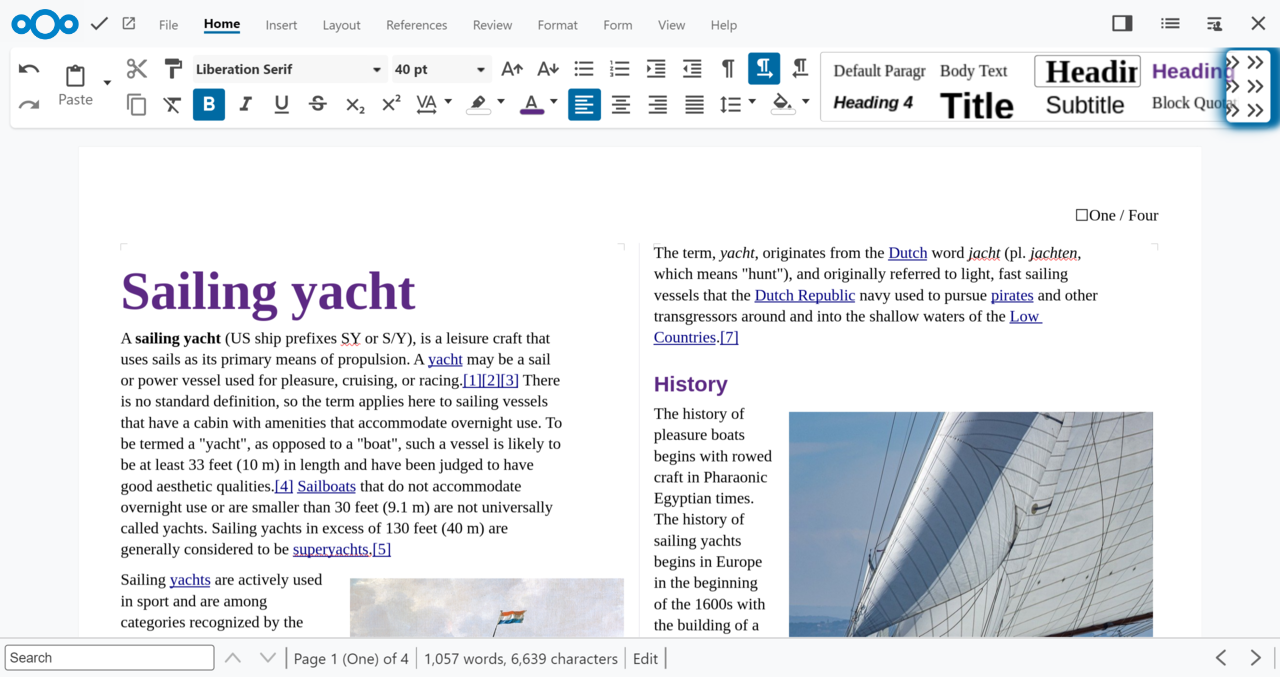

Again a conservative enterprise user value would be 50% viewing, 50% editing, whereas for a hosted, E-mail focused solution the viewing proportion could easily be over 90% viewing, 10% editing.

This gives an indication of the work-load likelihood. For a large scale hosted solution focused on E-mail, the usage ratio can be as low as 1 to 2%. A conservative value here for enterprise users would be a 50% usage ratio. other tasks such as E-mail and/or web browsing. This is what proportion of users are expected to be using Collabora Online at any given moment vs. This section is superfluous in the SSL-less setup, nevertheless it can be useful if you want to hide the port 9980 and control the traffic.Calculating the hardware requirements for a deployment of Collabora Online requires several factors: Usage factor Collabora Online is an open source online office suite that can be integrated into any web application, it is developed by Collabora Productivity, a division of Collabora.Collabora Online has LibreOffice at its core, it allows collaborative real-time editing of word processing documents, spreadsheets, presentations and vector graphics. Once done it’s time to restart the Docker container: $ docker restart collabora_nextcloud Setting up Nginx Added 'Other optional environment variables that you can pass to collabora/code' section.
#Collabora code requirements install#
I prepared a handy one-liner to achieve it: $ docker exec -it collabora_nextcloud /bin/bash -c "apt-get -y update & apt-get -y install xmlstarlet & xmlstarlet ed -inplace -u \"/config/ssl/enable\" -v false /etc/loolwsd/loolwsd.xml & xmlstarlet ed -inplace -u \"/config/ssl/termination\" -v false /etc/loolwsd/loolwsd.xml"

The Contractor or any subcontractor under the Contractor shall forfeit, as a penalty to the State of California, 25 for. Then we need to take care of SSL which is enabled by default in Collabora. Eight hours labor constitutes a legal day’s work. The first step is to pull and run the container, you can easily do so by doing: $ docker run -t -d -p 9980:9980 -name collabora_nextcloud -restart always -cap-add MKNOD collabora/code Without SSL the communication is unencrypted and could be read by anyone in the middle. Port 9980 which is used by Collabora is exposed and should be protected against attackers. A conservative value here for enterprise users would be a 50 usage ratio.

This setup is intended to be used for testing and proof of concept purposes only. Calculating the hardware requirements for a deployment of Collabora Online requires several factors: Usage factor This is what proportion of users are expected to be using Collabora Online at any given moment vs. Installing Collabora Online without domain/SSL If you don’t have them installed, you can easily search for a guide or refer to your distribution’s knowledge base. The only requirement is to have Docker and Nginx installed on your machine.
#Collabora code requirements how to#


 0 kommentar(er)
0 kommentar(er)
